Restoring Moisture to Dry Antique Wood
Dith
18 years ago
Featured Answer
Sort by:Oldest
Comments (13)
Jon1270
18 years agoRelated Professionals
Cranford Cabinets & Cabinetry · Wells Branch Cabinets & Cabinetry · Valdosta Carpenters · Aurora Flooring Contractors · Eustis Flooring Contractors · Fort Myers Flooring Contractors · Hazleton Flooring Contractors · Hubert Flooring Contractors · Knoxville Flooring Contractors · Panama City Beach Flooring Contractors · South Lake Tahoe Flooring Contractors · Cedar Rapids Furniture & Accessories · Minneapolis Furniture & Accessories · Owensboro Furniture & Accessories · Tulsa Furniture & AccessoriesJon1270
18 years agoDith
18 years agoJon1270
18 years agojoed
18 years agoJon1270
18 years agohotzcatz
18 years agoolphart
18 years agodon_butler
18 years agobonniebudall
18 years agospurjim_gmail_com
13 years agowilliams991781_live_com
13 years ago
Related Stories
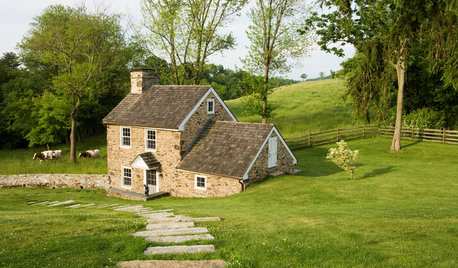
BEFORE AND AFTERSRestoration Rallies a 1790 Stone Springhouse
An old outbuilding gets a new purpose — several purposes, that is — thanks to careful efforts by stonemasons and architects
Full Story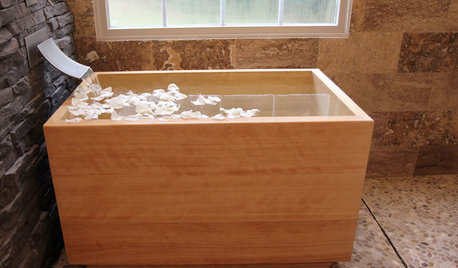
BATHTUBSRoom of the Day: Restorative Power of a Japanese Soaking Tub
A traditional tub made of hinoki wood sets a calming tone in this master bath renovation
Full Story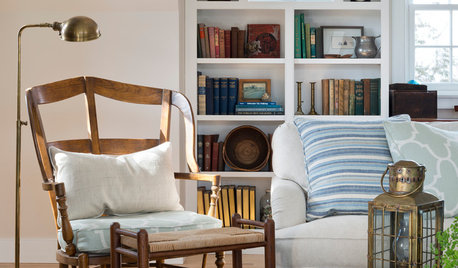
FURNITURESmart Shopper: How to Judge Antique Furniture Quality
Pick the treasures from the trash without expert experience by learning how to evaluate antiques and what questions to ask
Full Story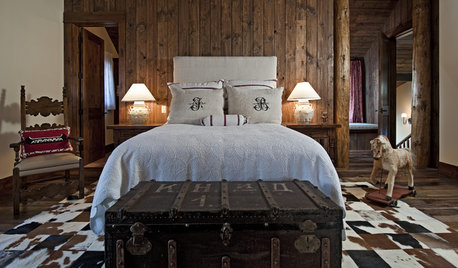
DECORATING GUIDESDecorating With Antiques: Chests, Dressers and Buffets
Pretty, practical and versatile, antique chests add history and character along with storage
Full Story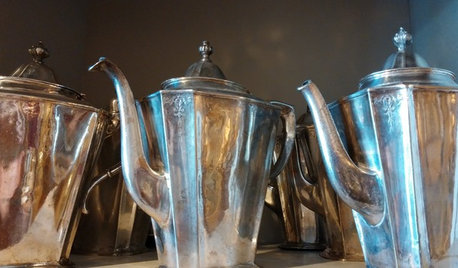
TRADITIONAL STYLEDecorating With Antiques: Silver’s Legacy
Learn how to tell sterling from plate, ways to display pieces and why silver is so darn special to begin with
Full Story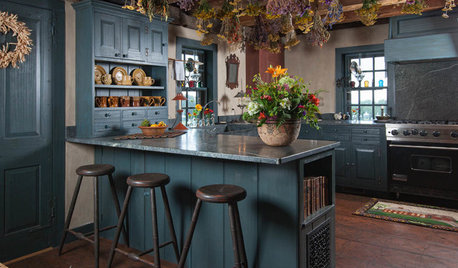
HOUZZ TV FAVORITESHouzz TV: See How Early Settlers Lived in This Restored Pilgrim House
Passionate restoration and preservation efforts give a 1665 home an honored place in the present
Full Story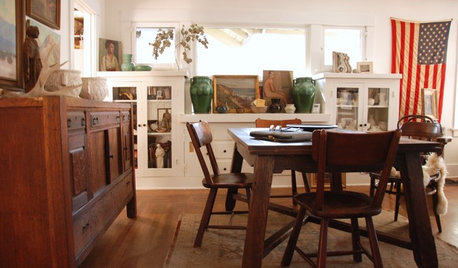
CRAFTSMAN DESIGNMy Houzz: Small-Space Living in a Restored Bungalow
See how this homeowner celebrates his personal style, his flea market finds and the heritage of his 1919 Long Beach home
Full Story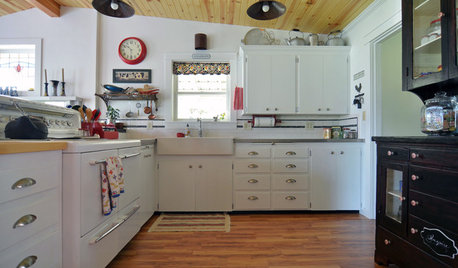
BEFORE AND AFTERSKitchen of the Week: Classic White Farmhouse Style Restored
A couple remodel their kitchen to better match their 19th-century Oregon home’s style
Full Story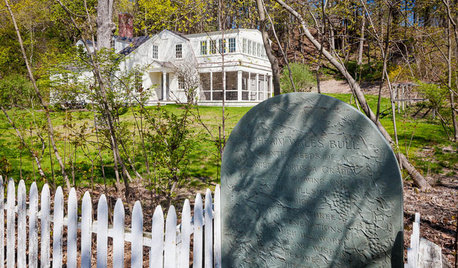
TRADITIONAL HOMESHouzz Tour: Historic Concord Grapevine Cottage’s Charms Restored
This famous property had fallen on hard times, but passionate homeowners lovingly brought it back
Full Story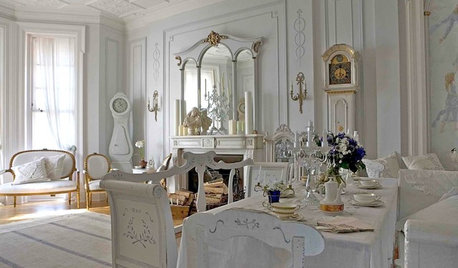
TRADITIONAL STYLEDecorating With Antiques: Luxurious Linens
Bring quality, comfort and a sense of old-world romance to your rooms with vintage tablecloths, sheets, napkins and more
Full Story








DithOriginal Author